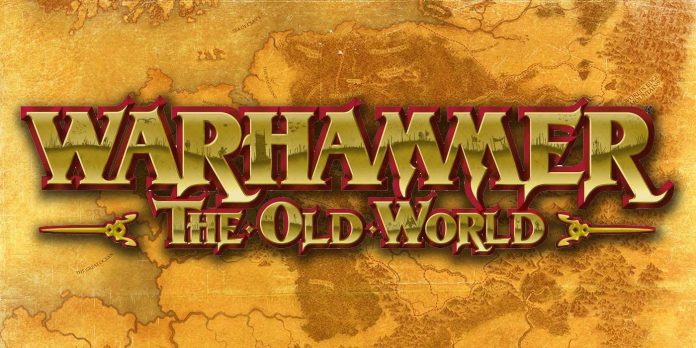The time of the Old World is upon us and I am absolutely over the Morrslieb to be able to revisit the game that brought me so much joy, frustration, and friendship some 15 years ago when I first dipped my toes into miniature wargaming with Warhammer Fantasy Battle. While I have since become enamored with the likes of 40k, Age of Sigmar, and a plethora of other systems, it was WHFB that first held my crunchy brains in its cupped hands and I am all in when it comes to the comeback.
Thanks to Games Workshop for providing us with a review copy of the Old World.
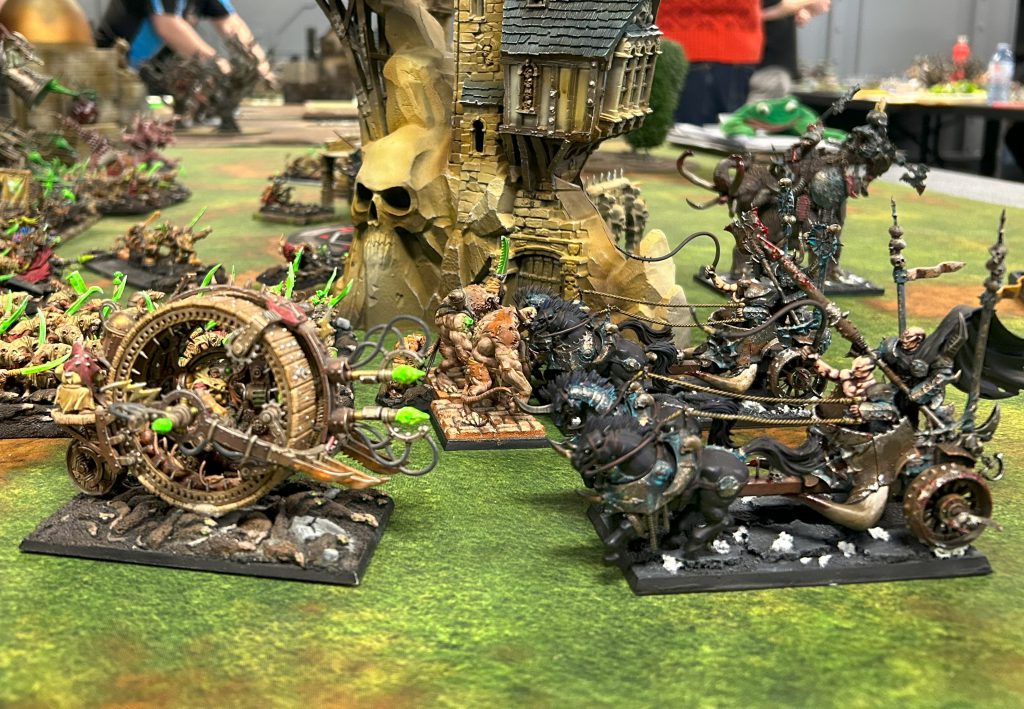
The Old World is a new beast, and it is definitely not the reskin of 8th edition I know some thought it would be. The rules team behind this game has done an excellent job of harkening back to some fan favorite rules of editions long past and adding subtle, but much needed, adjustments to others. There are hundreds of pages of rules here between the core book and the faction indexes and the shear amount of information is daunting. As someone that played an absurd amount of Warhammer 8th edition in particular and has had the opportunity to sit and play with these new books for a short while, I think now is a good a time as any to highlight what I consider to be 5 of the biggest changes to the game for those of us that were there in the end times.
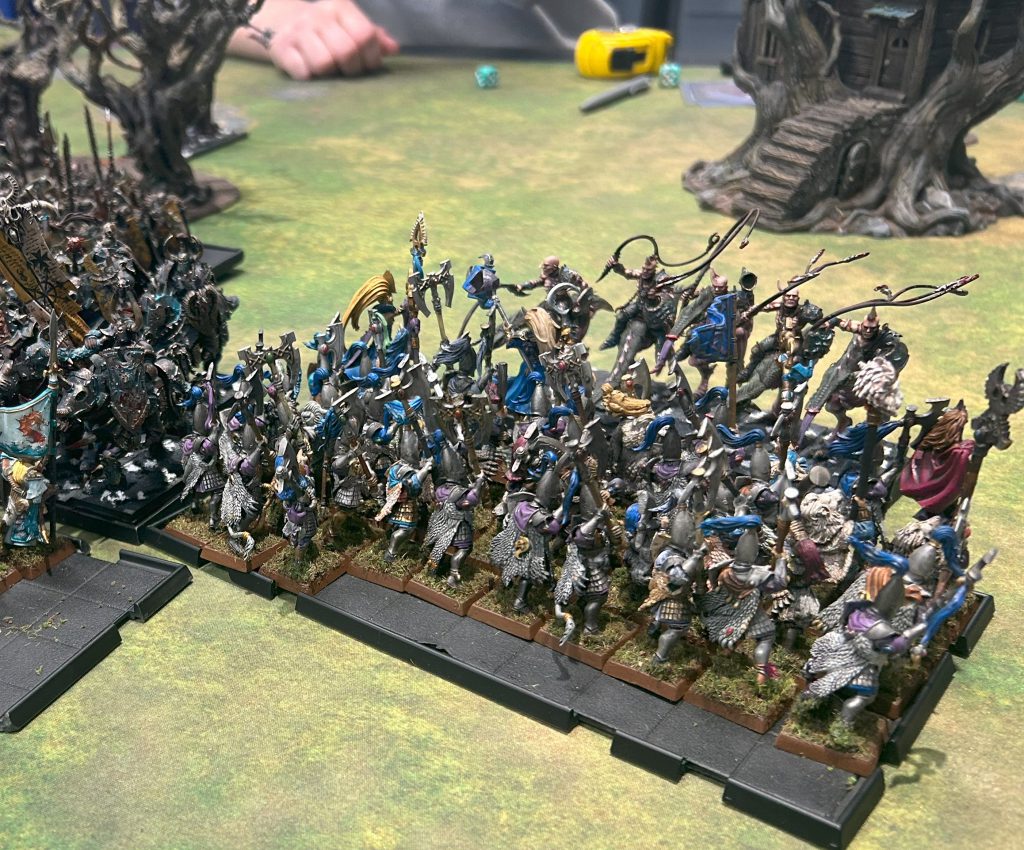
1. Not Everybody Gets to Fight
The Old World has a very deep combat phase and in many cases your army will live or die in its ability to adjust quickly to the flow of combat more than ever before. In a return to the rules of older editions of WHFB, models no longer immediately ‘step up’ if they are killed before they get a chance to swing. Deep hordes of troops can be completely neutered by small elite squads that strike before them and kill enough models that only the unit champion or character can swing back. Oh, and steadfast is gone (thankfully). As such, initiative and your ability to manipulate it is extraordinarily important, and the easiest way to do this is via charges. Any unit that successfully completes a charge or pursuit move gains a bonus to initiative equal to the amount of inches they move up to a maximum of 3. This allows for even the lowliest empire militiaman to gain the upper hand against some followers of Asuryan. Rules like Strikes First and Strikes Last are now just flat initiative numbers (10 for Strikes First, 1 for Last) that can be manipulated in this and other fashions too adding some extra juice to units that could otherwise be sorely hampered by these new rules.
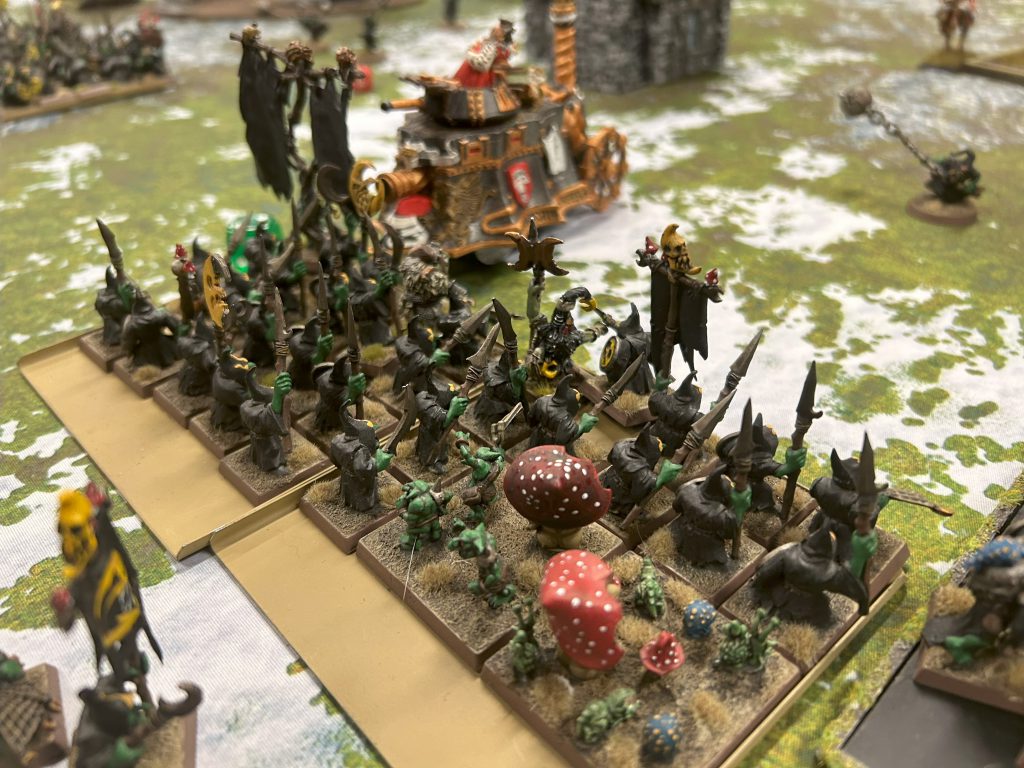
2. But Sometimes They Do
In 8th edition WHFB, models could only fight if they were in base to base contact with an enemy model in the combat phase. Now? Everyone in the front rank of a combat (or fighting rank as it is now called) gets a chance to swing at their opponent regardless of width so long as they weren’t killed already, and outside of a handful of options (namely spears and spear adjacent weapons) supporting attacks are a thing of the past. Finding the balance between getting enough attacks into your opponent without being so wide that you cannot maneuver around the field is very important and I expect we’ll see far more 7-10 model wide units than we will 5-6. Rules that allow you to quickly redress your ranks can be extremely clutch in this new game.
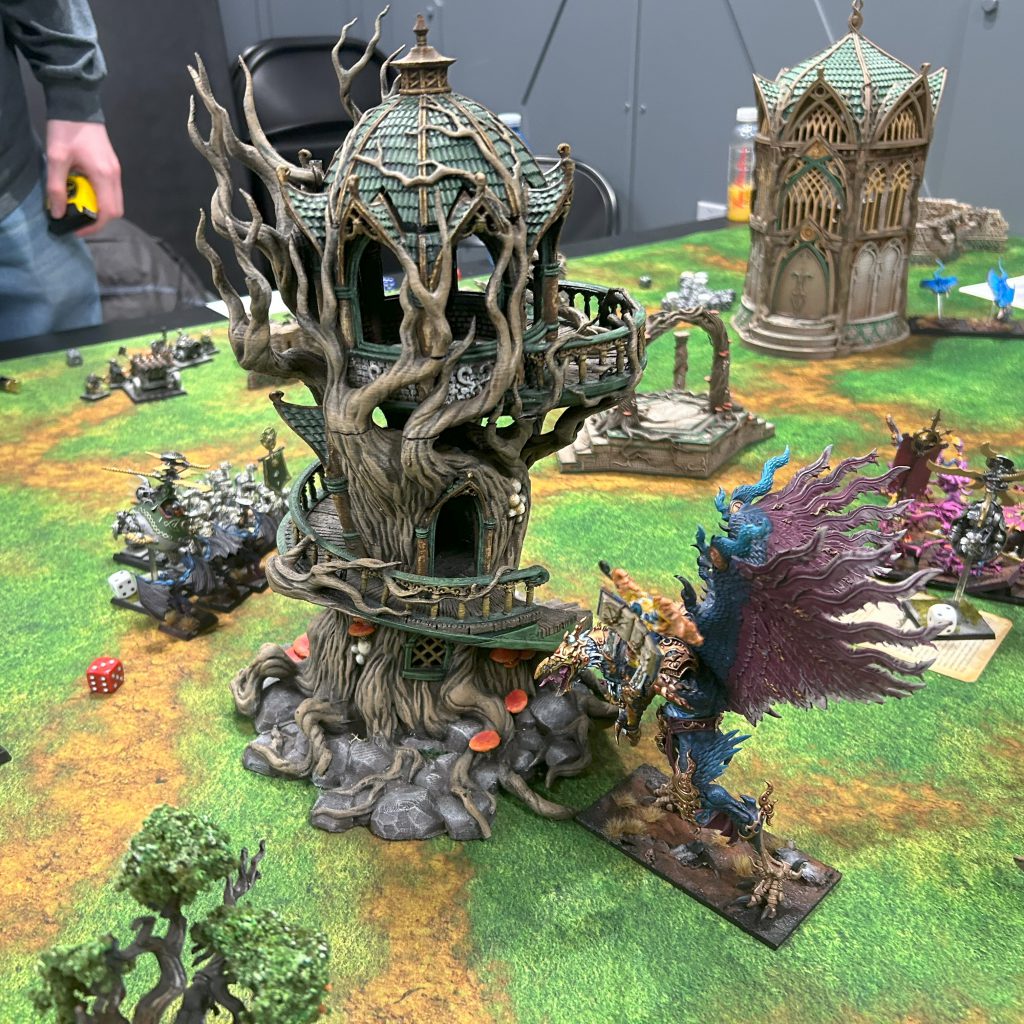
3. Magic is Simplified but Not Simple
In 8th edition, magic was a bit problematic at its worst and an incredibly strategic mini-game at its best. Most lores of magic had at least 1 spell that could be game breaking and the concept of ‘six dice skills’ (throwing as many dice as you could on a big explosive cast) was an easy one to get your mind around. Knowing how to maximize your dice while draining your opponents’ was a skill in and of itself. In the Old World, the fickle winds of magic haven’t been stirred up yet by dumb elves and thus have been replaced with a much calmer form of casting. In fact, the magic phase as a whole doesn’t exist as wizards have a much easier time accessing their generally weaker spells. In its stead, casters can cast different types of spells at specific points throughout your turn and rather than casting from a pool of dice, wizards may cast every spell every turn they know (as long as they meet the requirements) by tossing 2 dice at them and adding their wizard level to the attempt, opponent’s may attempt to dispel these casts so long as they have their own wizard within 18 or 24 inches depending on their level.
While much of the strategy and interaction has been lost for better and worse, wizards still have a significant impact on your games and once you are used to the new way of things, it does in general speed up your encounters.
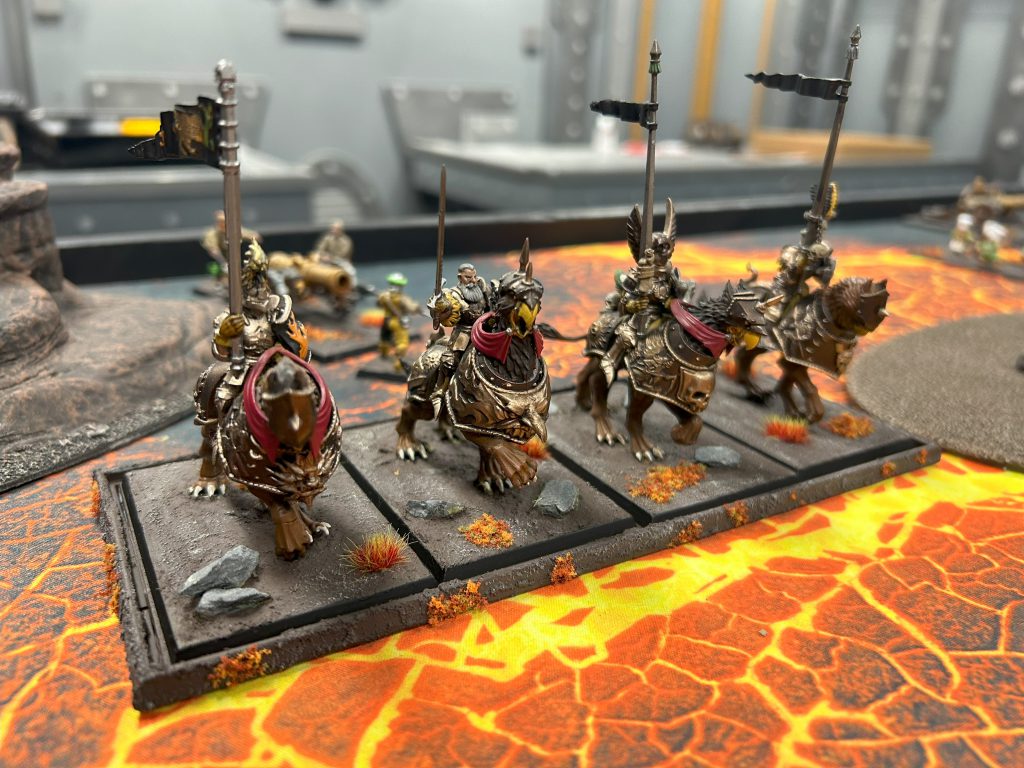
4. Thems the Breaks
In the olden days, the break test was a binary thing. After combat the loser either ran for the hills or stood stalwart to fight another day often with the help of a nearby Battle Standard. Now the break test and its results are more complicated. When you roll your break test in the Old World 3 things can occur; Give Ground, Fall Back in Good Order, or Break and Flee. Break and Flee is the same as in previous editions, though now it only occurs if you roll above your leadership characteristic. Fall Back in Good Order results occur if you are able to roll lower than your leadership on your break test without any modifiers from combat. In this situation, your unit again turns and flees 2d6 inches but then immediately rallies, at which point your opponent may choose to pursue the unit (and count as having charged again) or stay where they are. Lastly, the Give Ground result occurs if your break test result is equal to or less than your modified leadership after combat has been resolved. In this situation, your unit simply backs up 2 inches and the enemy may choose to follow suit to stay in the fight. The added choices these results bring and how they impact the positioning of supporting units really spices up combat in new and interesting ways. It should be noted that old USRs like Stubborn and Unbreakable have been modified to match these new results and are now one time abilities rather than constant effects further emphasizing the chaotic nature of combat.
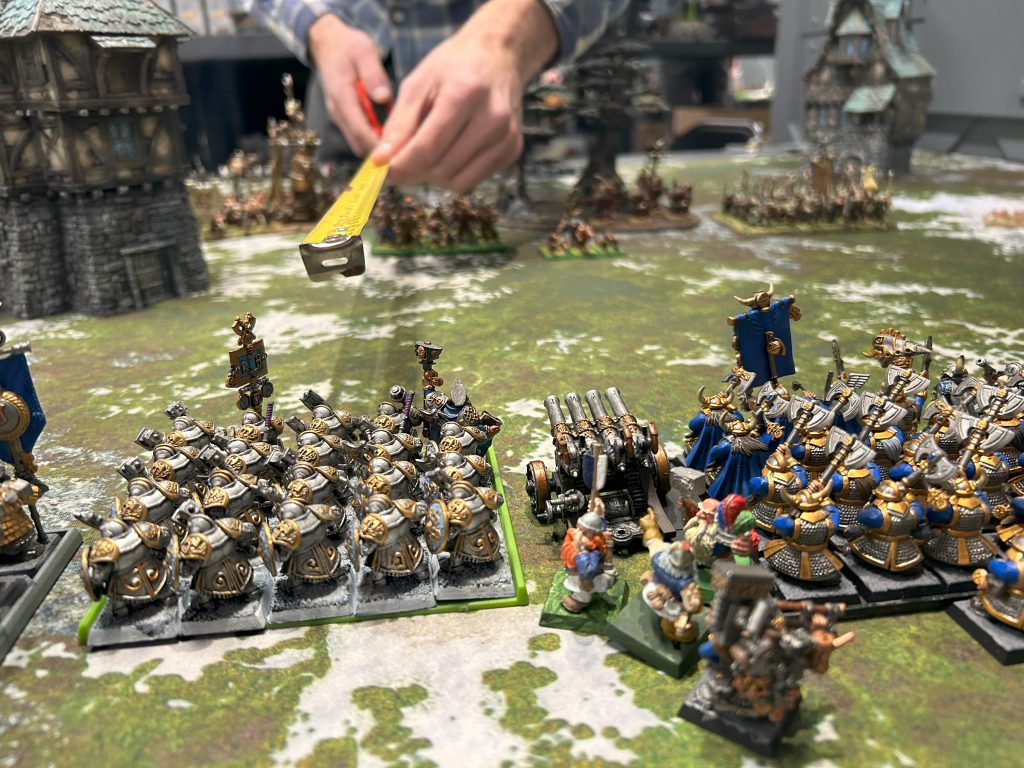
5. You Can’t See the Forest From the Trees
Terrain and line of sight in 8th edition was often an afterthought. Forests, ruins, and rivers when run as Mysterious pieces were a bit too random and often still had little impact on the game (unless you liked cavalry too much) and buildings like Watch Towers could be game breaking depending on their size and position on the table. Now terrain has been simplified but is perhaps more impactful than ever before. Forests fully block line of sight to units on either side of the piece and can be difficult, dangerous or impassable terrain. Terrain in general can cause units to lose charge bonuses, ranks and more as they jockey for position. Perhaps more importantly, models fully block line of sight now rather than applying cover, making screening units all the more powerful and hills a godsend to anyone wanting to make the most out of their artillery.
It’s Like Coming Home
This is just the tip of the iceberg when it comes to getting into the exciting new Old World game system. A lot more has changed than I can list in one article and often it is the little things that will trip you up if you are someone like me that probably played a little too unhealthy an amount of Warhammer Fantasy Battle in days gone. That said, being able to put movement trays back on the table and fish out my artillery dice has been like finding that warm blanket you loved to huddle under as a child. As the saying goes, the more things change… We’ll be providing you with more detailed breakdowns of the game as the weeks go by and I can tell you from my experience with the game so far that it’s a good one.
